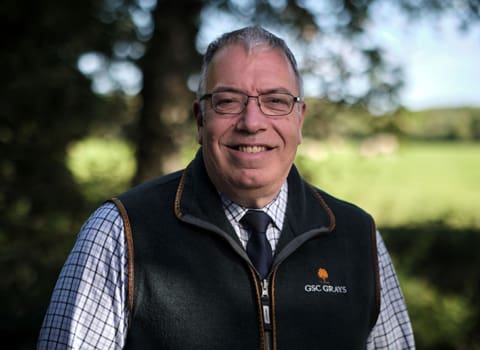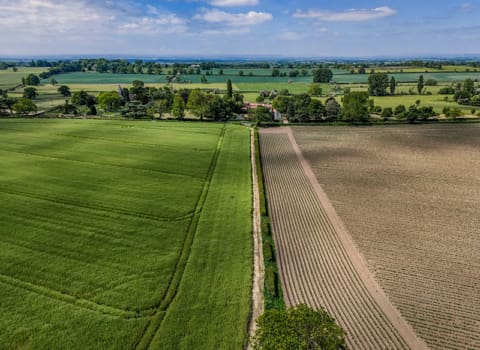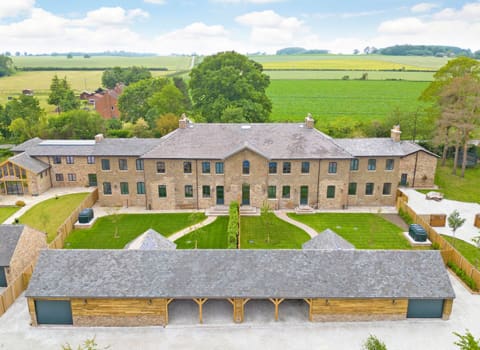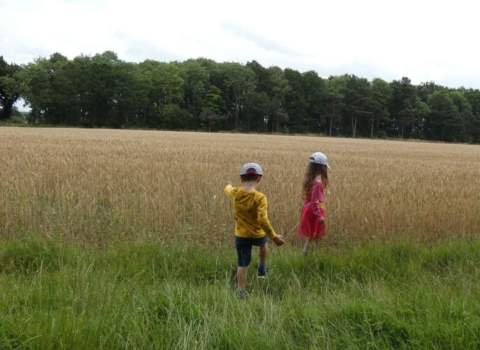Contact our offices
Main office
COLBURN
5 & 6 BAILEY COURT
COLBURN BUSINESS PARK
RICHMOND
NORTH YORKSHIRE
DL9 4QL
Estate Agency Offices are located in
BARNARD CASTLE, BOROUGHBRIDGE & RICHMOND
Residential Management Team
Our Offices
- Alnwick
01665 568310
Email Officealnwick@gscgrays.co.uk - Barnard Castle
01833 637000
Email Officebarnardcastle@gscgrays.co.uk - Boroughbridge
01423 590500
Email Officeboroughbridge@gscgrays.co.uk - Chester-Le-Street
0191 3039540
Email Officechester-le-street@gscgrays.co.uk - Colburn
01748 897630
Email Officecolburn@gscgrays.co.uk - Driffield
01377 337180
Email Officedriffield@gscgrays.co.uk - Hamsterley
01388 487000
Email Officehamsterley@gscgrays.co.uk - Hexham
01434 611565
Email Officehexham@gscgrays.co.uk - Kirkby Lonsdale
01524 880320
Email Officekirkbylonsdale@gscgrays.co.uk - Penrith
01768 597005
Email Officepenrith@gscgrays.co.uk
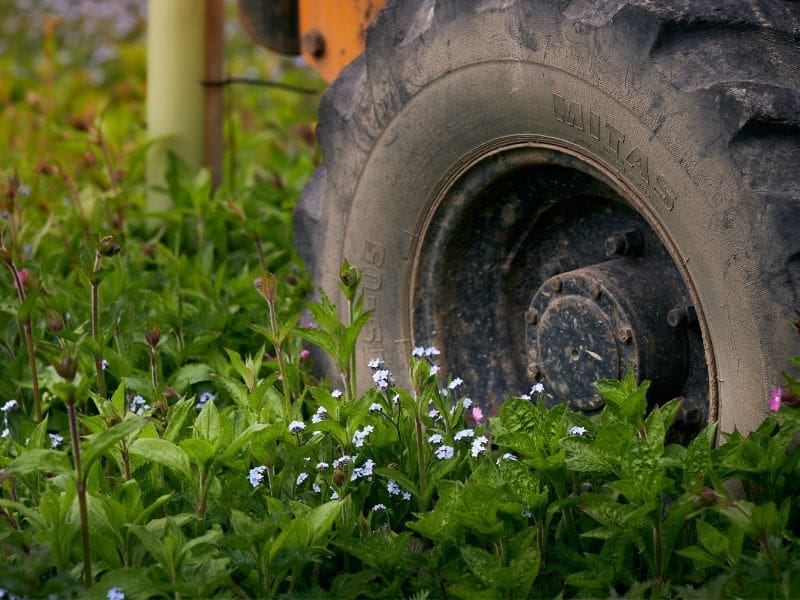
SFI 2023 could be a “game changer” for farmers
Greg Ricketts, Rural Director at GSC Grays, believes the introduction of the Sustainable Farming Incentive (SFI) 2023 can be a significant “game changer” for farmers, boosting income and improving farming technique.
While the roll out of SFI, scheduled to open on 18th September, has been seen as “slow and steady” and initially, not particularly attractive or appropriate for many farmers to implement, the farming landscape is set to be changed.
He explained: “For some farm businesses, SFI 2023 could be a real “game changer” in terms of income generation and farming technique. Perhaps the real beneficiaries will be lowland grass farms which, according to Defra, are set to experience a 53% decrease in farm profitability between 2022 and 2023 due to increased input costs and reduced Basic Payment Scheme (BPS) payments (Defra).
“The government have thought seriously about the initiative and are looking to roll out payments for practices which improve productivity, reduce costs, and reduce reliance on support payments.
“This is likely to result in farmers having to make quite significant changes to their businesses, and carrying on as they have been farming is not likely to be a realistic option for many. It would result in more casualties if farmers chose not to change but it also provides farmers with a springboard to create a business that, over time, will be financially viable without the need to be waiting for the annual government payment.”
Some grassland farmers have already started to introduce herbal leys but did not want the complexity of trying to put in 13 different species as required under a Countryside Stewardship (CSS) legume and herb rich sward (GS4).
Under SFI, herbal leys (SAM3) need only two grasses, two herbs and two legumes, allowing farmers to adapt their farming system slightly. “This means they receive a payment greater than the basic payment (BPS) which they have received historically” he added. “More importantly, in our opinion, there is a focus on profitable production with reduced dependency on feed, fertiliser and fuel inputs and cost which achieves a more profitable system.
“At GSC Grays, we have seen situations where most of the farm is established with herbal leys (£382 per ha) where the SFI scheme could deliver a significantly greater overall return than the previous BPS system.
“Initially, there might be some reduction in productivity of livestock but if balanced correctly against the reduced inputs, the system could still be more profitable going forward than it has been. I appreciate the above example is at the extreme end of SFI options available, but it highlights the overall potential of SFI to certain farm types.
“Even where implementation of SFI is not quite as extreme as our example above, there are options for introduction of legumes into grassland swards (£102 per ha) and low input grass (£151 per ha) which all grassland farmers should be looking at.
“For arable farmers, whilst the payments per hectare may not be quite as great as for grassland, there are still opportunities available where businesses can be adaptable. To benefit from SFI arable farmers must consider their wider rotations.
“Certain cereal crops are also leaving very thin margins – for example, if you can only grow 7.4 tonnes/ha of feed barley, the net margin after considering variable costs and labour and machinery costs is likely to be no more than £345-370/ha.
“When you add the cost of funding the working capital at 8% interest rates this could reduce the margin by a further £40-60/ha, so “profit” could be no more than £295/ha. By comparison, entering into legume fallow generates a payment of £430/ha after establishment and management costs.
“Therefore, to make it worthwhile growing barley you need to be achieving yields in excess of 8.6 tonnes per hectare, otherwise, look at taking the SFI action as an alternative and more profitable crop. This could also have a beneficial impact on labour and power input and, therefore cost.
“The overriding objective from Defra in developing the scheme is to incentivise sustainable food production and resilient farming practices without a dependence on support payments. Under SFI 2023, farmers can receive attractive payments for the adoption of farming techniques and practices with particular emphasis on managing soils, the wider natural environment and efficient use of inputs.
“For many farming businesses, because they have been receiving the BPS, they have been farming in ways that do not leave an acceptable margin but have continued to do so because the BPS bailed them out.
“Now each business needs to assess whether what they are doing is leaving an acceptable profit after all costs are taken into account. If it does not, they need to ask why they are doing it and should they be looking at alternative options.
“The issue on farms now is determining what to put into the SFI options for each individual farm, rather than the application process itself. This is where some specialist advice and guidance from farm business consultants might be required.
“We are urging farmers to take advantage of the free and independent farm business advice we are offering under the GSC Grays Farm Business Advice Service (FBAS). As part of the service, farmers considering SFI can have one of our farm business consultants advise them on the SFI options available on their farm, free of charge.”
GSC Grays expect further announcements about the additional standards that will become available in 2024 by the end of this year, with the full suite of SFI options available by January 2025. We also believe that the scheme will evolve over time and the objective of farmers should be to develop farming systems which are profitable without support.




